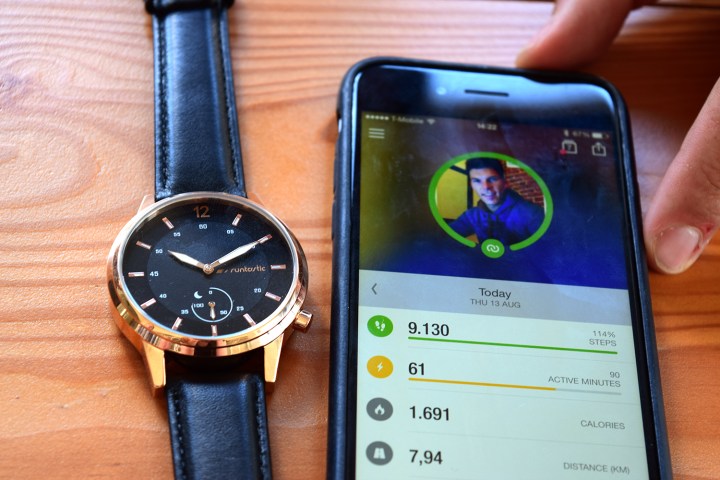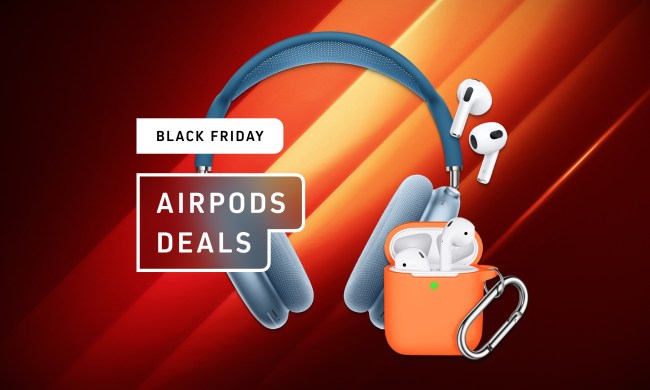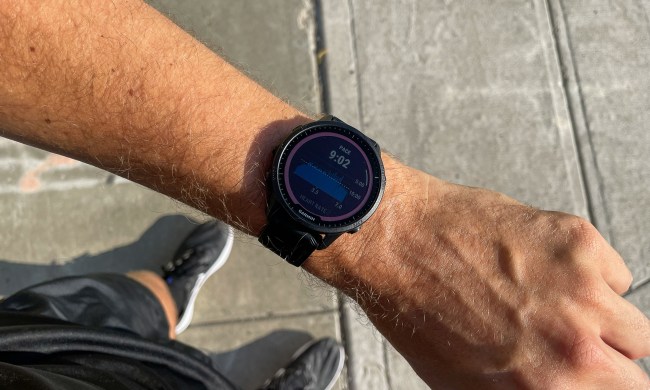
Adidas has had a bit of a mixed experience when it comes to fitness trackers. It recently shut down its MiCoach platform in favor of championing its Runtastic platform, the one it bought as part of the Runtastic app purchase in 2015. That side of its fitness tracking business has been far more successful, but it doesn’t want to stop there. It’s now looking to bring many more fitness-focused customers in to the fold.
“It’s not just about, ‘Can we develop a new piece of hardware that is a standalone Adidas ecosystem,'” said Stacey Burr, VP of wearable sports electronics at Adidas (via Engadget). “You’ll be seeing that we’ll be opening up a bunch of our content and know-how to other third party devices, and [making] it more of an open platform scenario so that we can extend onto other people’s devices as well.”
Highlighting how there is no one fitness tracker that is right for everyone, Burr suggested that supporting third parties with the Runtastic backbone would be a much more effective strategy to bring people together, rather than trying to create a new piece of hardware that was perfect for the whole market.
During the rest of her chat at the South by South West (SXSW) show running this week, Burr didn’t clarify whether Adidas was also looking to support applications, or simply hardware with its own software behind it. The possibility is there for both though, which could see Adidas carve out a much greater portion of the fitness wearable pie, without having to make new hardware itself.



